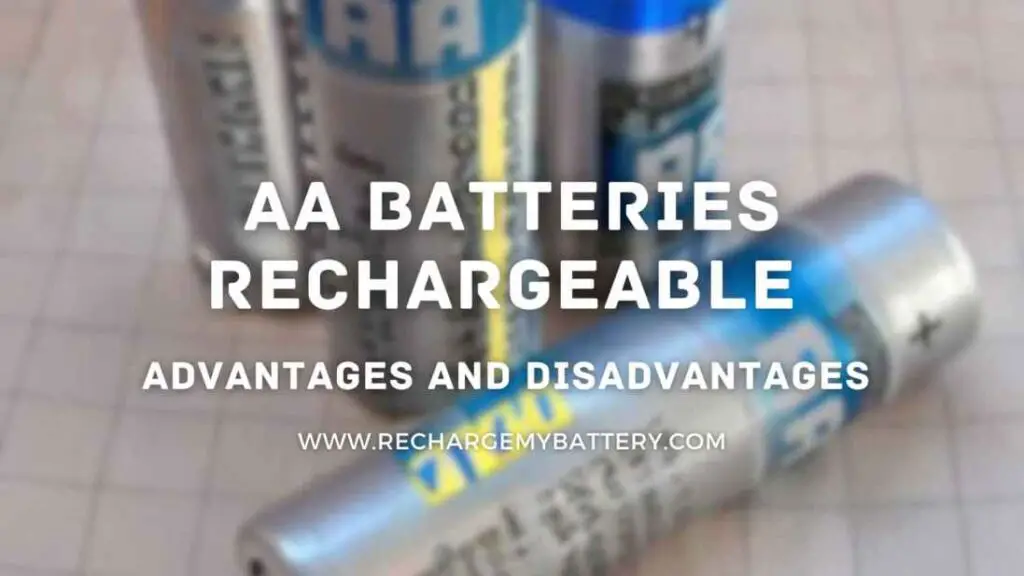In this article, we will delve into the concept of utilizing a solar panel calculator to estimate battery charging time. We will also provide practical insights on optimizing the charging process for efficient solar power utilization.
Introduction
Solar panel calculators have become valuable tools for individuals and businesses looking to efficiently charge batteries using solar energy. These calculators estimate the charging time based on inputs like:
- Battery capacity
- Solar panel wattage
- Sunlight availability
- System efficiency
By considering these factors and using a solar panel calculator, users can effectively plan their charging process and optimize the utilization of solar power.
Understanding Solar Panel Calculators
What is a solar panel calculator?
A solar panel calculator is a tool, available online or offline, that helps estimate the charging time of a battery using solar panels.
By inputting specific details such as battery capacity, solar panel wattage, sunlight availability, and system efficiency, these calculators use mathematical models and algorithms to provide an approximate duration for charging. They take into consideration various factors to generate an estimation tailored to the specific setup.
How does it work?
Solar panel calculators work by using mathematical equations and empirical data to estimate the charging time of a battery.
Users provide inputs such as battery capacity, solar panel wattage, sunlight hours, and system efficiency. Based on this information, the calculator calculates the amount of energy generated by the solar panel system and compares it to the energy required to charge the battery fully.
It takes into account efficiency losses during the charging process to provide an estimation of the time needed for a complete charge.
Factors Affecting Charging Time
Several key factors influence the time it takes to charge a battery using solar panels. Understanding these factors is crucial for accurately estimating the charging duration.
1. Battery capacity
The capacity of the battery is a crucial factor in determining the charging time when using solar panels. Batteries with higher capacities will generally require more time to charge compared to those with lower capacities.
The capacity is typically measured in ampere-hours (Ah) or watt-hours (Wh), representing the amount of energy the battery can store. It is important to consider the battery capacity in relation to the solar panel’s wattage to ensure efficient and timely charging.
2. Solar panel wattage
The wattage of a solar panel indicates its power output capability. Solar panels with higher wattages have the ability to generate more energy, which translates to faster charging times for batteries.
It is important to consider the wattage of the solar panel in relation to the capacity of the battery to ensure compatibility and achieve optimal charging performance.
Matching the solar panel wattage with the battery capacity helps ensure efficient utilization of the available solar power and reduces the overall charging time.
3. Sunlight availability
The availability of sunlight directly impacts the energy generation of solar panels and consequently affects the charging time. Longer hours of direct sunlight facilitate faster charging, while limited sunlight exposure can extend the charging duration. Factors that should be considered when estimating the time required for charging are:
- Seasonal variations
- Weather conditions
- Geographical location
Regions with more sunlight and favorable weather conditions generally experience shorter charging times, while areas with less sunlight or inclement weather may have longer charging durations.
4. Efficiency of the solar panel system
The efficiency of a solar panel system plays a significant role in the charging time of a battery. Solar panels experience inherent efficiency losses during the process of energy conversion, including factors such as:
- Heat generation
- Wiring resistance
A higher system efficiency translates to more effective energy conversion, resulting in shorter charging times for the battery.
By optimizing the components and design of the solar panel system, such as using high-quality materials and minimizing resistive losses, one can improve overall system efficiency and reduce the charging duration.
Calculating Charging Time
To estimate the charging time accurately, it is necessary to follow a systematic approach. Here’s a step-by-step guide:
Step 1
Determine the battery capacity by referring to the specifications provided by the battery manufacturer. The capacity is typically measured in ampere-hours (Ah) or watt-hours (Wh).
Step 2
Determine the wattage rating of the solar panel. This value represents the power output capability of the solar panel system.
Step 3
Take into account the availability of sunlight in your location. Consider the average sunlight hours and adjust for any seasonal variations or weather conditions that may affect solar energy generation.
Step 4
Consider the efficiency of the solar panel system. Account for any inherent efficiency losses during energy conversion, such as heat dissipation and wiring resistance. Higher system efficiency results in better energy conversion and shorter charging times.
Step 5
Use a reliable solar panel calculator that allows you to input the battery capacity, solar panel wattage, sunlight availability, and system efficiency. The calculator will provide an estimated charging time based on these inputs, giving you a rough idea of how long it may take to charge the battery using solar power.
Examples of Charging Time Calculation
To illustrate the practical application of a solar panel calculator, let’s consider two scenarios with different battery capacities and solar panel wattages:
Example 1
Small battery and low-wattage solar panel Suppose you have a small battery with a capacity of 50 ampere-hours (Ah) and a solar panel with a wattage rating of 100 watts (W). In an area with an average of 4 hours of direct sunlight, and considering an 80% system efficiency, a solar panel calculator estimates a charging time of approximately 6 hours.
Example 2
Large battery and high-wattage solar panel Now, let’s consider a larger battery with a capacity of 200 Ah and a high-wattage solar panel rated at 500 W. In an area with an average of 6 hours of direct sunlight, and assuming an 85% system efficiency, the solar panel calculator estimates a charging time of around 8 hours.
These examples highlight how the battery capacity, solar panel wattage, sunlight availability, and system efficiency impact the estimated charging time. By using a solar panel calculator and inputting the relevant information, you can obtain a more accurate estimation for your specific setup.
Optimizing Charging Time
While the charging time estimates provided by solar panel calculators offer valuable insights, there are ways to optimize and potentially reduce the charging duration:
1. Adding more solar panels
Increasing the number of solar panels in your system can enhance the energy generation capacity, resulting in faster charging times. However, it is essential to ensure that your system components, such as charge controllers and inverters, are compatible with the increased power output.
2. Using higher-efficiency solar panels
Investing in solar panels with higher efficiency ratings can improve energy conversion, leading to shorter charging durations. Higher-efficiency panels can generate more power using the same sunlight exposure, optimizing the charging process.
3. Orienting the panels for maximum sunlight exposure
Properly orienting your solar panels to face the sun directly can significantly impact their energy generation capacity. Avoiding shading from nearby objects or structures ensures maximum sunlight exposure, allowing for more efficient charging and reduced charging times.
By making use of these strategies, you can maximize the charging efficiency of your solar panel system and make the most of the available solar energy.
Conclusion
In conclusion, estimating the charging time for batteries using solar panels is essential for effective solar power utilization. By considering factors such as battery capacity, solar panel wattage, sunlight availability, and system efficiency, users can make informed decisions about their charging process. Solar panel calculators provide valuable assistance in estimating charging duration accurately.
Furthermore, optimizing the charging process through strategies like adding more solar panels, using higher-efficiency panels, and ensuring proper panel orientation can significantly improve the efficiency and effectiveness of solar-powered battery charging. By maximizing energy generation and minimizing losses, users can make the most of their solar panel systems and benefit from renewable energy.
Overall, understanding these concepts and implementing practical strategies can empower individuals and businesses to embrace solar energy and contribute to a sustainable future.
Thank you for reading this post.


